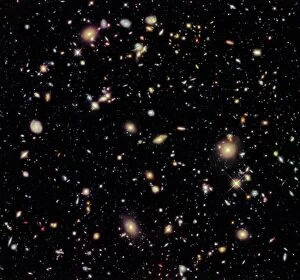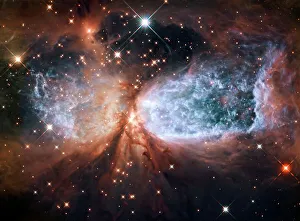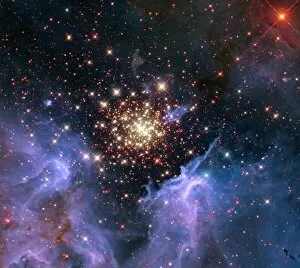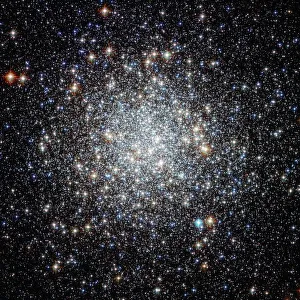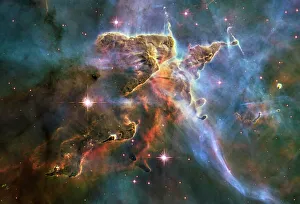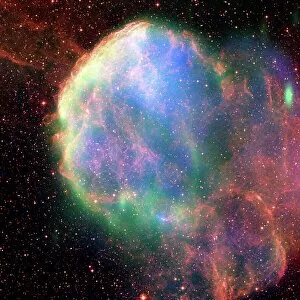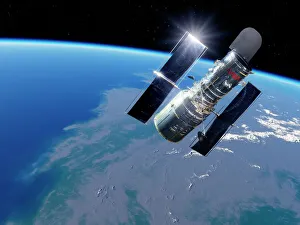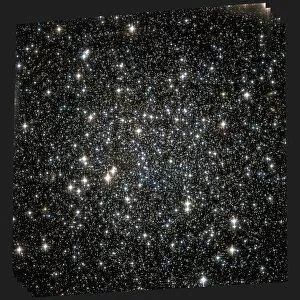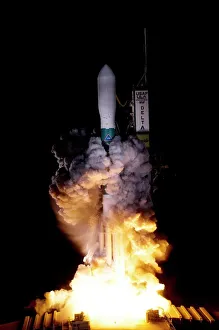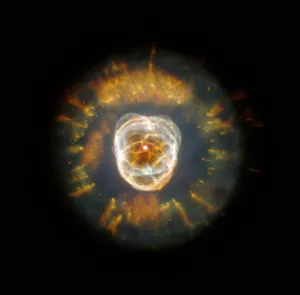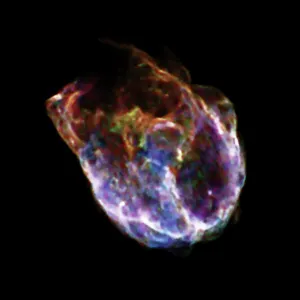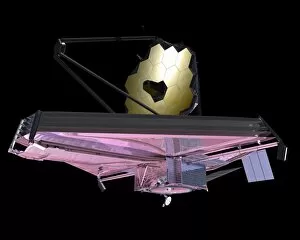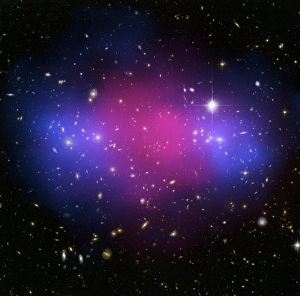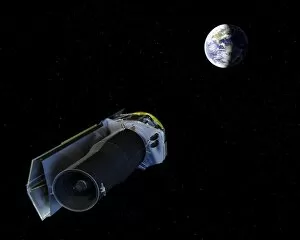Space Telescope Collection
"Exploring the Cosmos: A Glimpse into the Vast Universe through Space Telescopes" Witnessing the Unseen
All Professionally Made to Order for Quick Shipping
"Exploring the Cosmos: A Glimpse into the Vast Universe through Space Telescopes" Witnessing the Unseen: The Hubble Ultra Deep Field 2012 image reveals thousands of galaxies, each a window to our cosmic past. Nebula Sh 2-106 in Stunning Detail: Captured by the Hubble Space Telescope (HST), this mesmerizing image showcases intricate structures within this celestial cloud. Kepler Mission's Visionary Eye: Behold an artistic representation of the Kepler space telescope, which revolutionized exoplanet discoveries and expanded our understanding of distant worlds. NGC 3603 - A Stellar Playground: Immerse yourself in this breathtaking HST image showcasing an open star cluster teeming with young stars and vibrant gas clouds. M9 Globular Cluster - Ancient Beauty Revealed: Through the lens of HST, witness the brilliance and ageless allure of one of nature's most captivating stellar gatherings. Zeta Ophiuchi Bow Shock - An Infrared Delight: This stunning infrared image captured by C016 / 9726 unveils a bow shock created by a massive star speeding through interstellar space. Carina Nebula's Enigmatic Features Exposed: Discover awe-inspiring formations within the Carina Nebula as seen in this striking HST image (C013 / 5604). Iconic Artwork - The Majestic Hubble Space Telescope Over Earth: Marvel at humanity's technological marvel as it orbits our home planet, capturing wonders beyond imagination. Supernova Remnant IC 443 - A Composite Masterpiece: Combining various wavelengths, this composite image offers insight into remnants left behind after a cataclysmic stellar explosion. Journeying Among Stars – Artistic Depiction of HST in Orbit.

